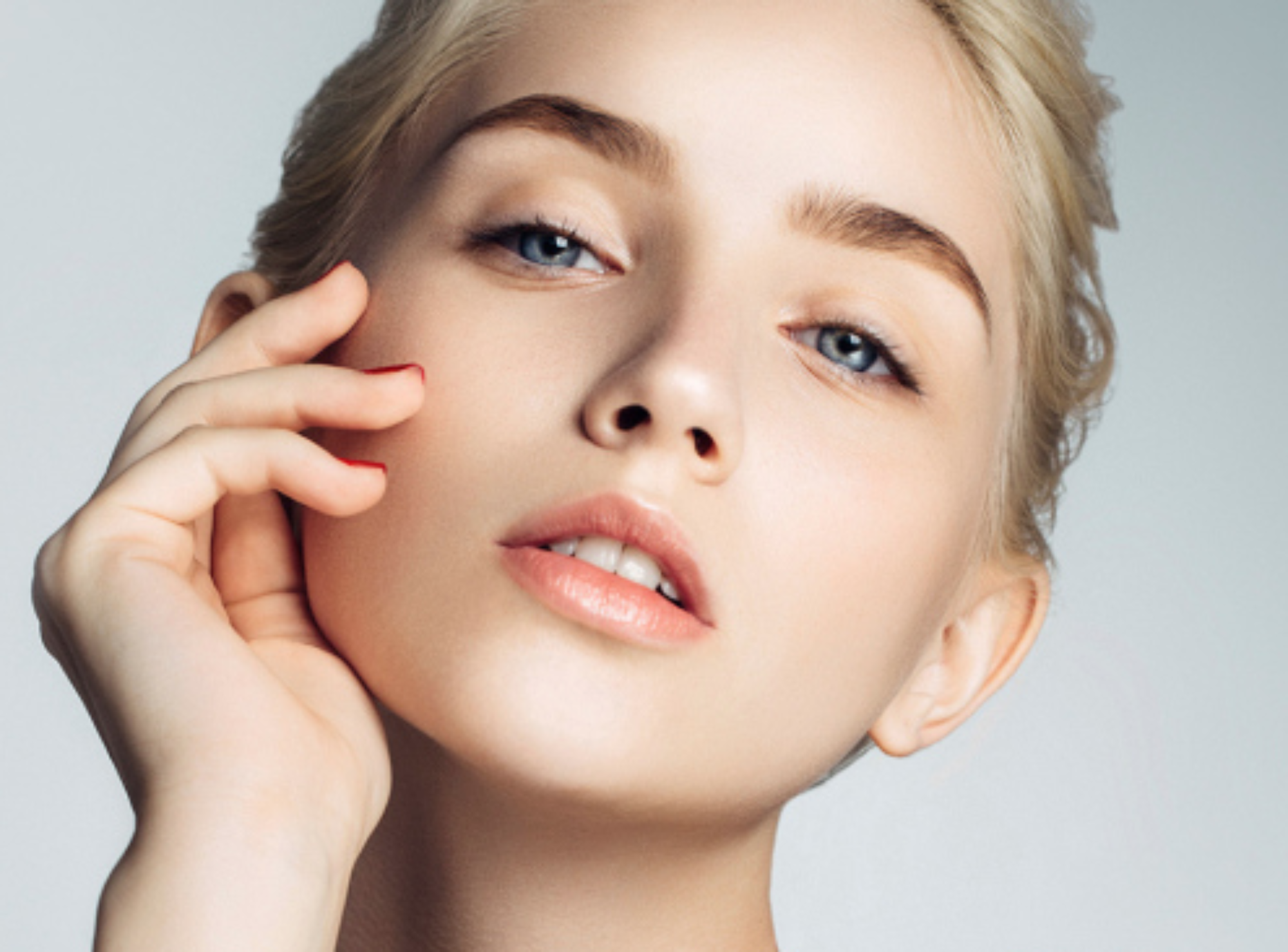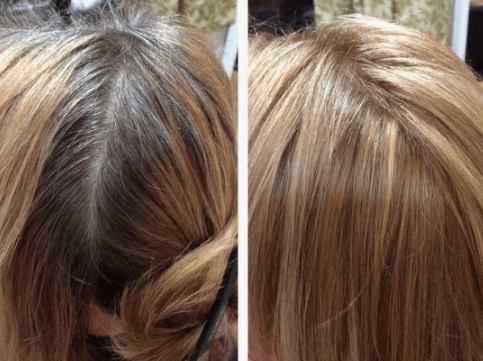Whether you have a few wayward grey strands or you are learning to embrace your silver locks, you’ll inevitably have to face up to getting grey hair at some stage in your life. The main thing you have to decide is, do you keep it or conceal it? Are you ready for the challenge? Grey Hair – Cover Up At Home!
Hair Dye Novice:
Unfortunately, it’s a topic people have to deal with even more so now as it seems all hairdressers and barbers will remain closed for the foreseeable future. With our regular hair salon visits and professional hair dye on hold, it leads us to the tricky situation of Grey Hair – Cover Up At Home!
If you’re a hair dye novice, taking the home colour plunge can sound positively frightening! Getting the exact shade you want is not easy, and it requires a lot of upkeep. By following a few hair-dye tips, you can transform your hair and appearance and make yourself look appreciably younger.
We know that dyeing your hair can be a daunting challenge, so let’s eliminate some of that anxiety surrounding your home colouring experience.
Read on for the best tips and advice for dyeing your hair the right way.
Let’s begin by shedding some light on what causes grey hair, why some people get grey hair, and how best to deal with it.
Grey Hair – All You Need To Know:
What Is Grey Hair?
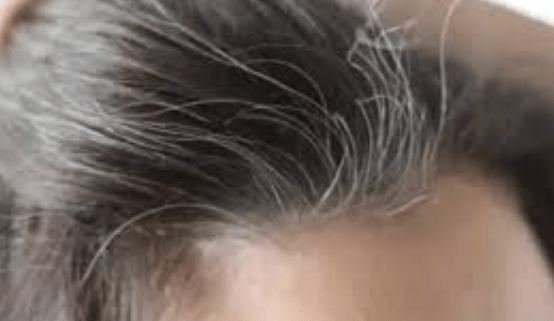
Grey hair is hair that lacks pigment (melanin). There is no such thing as ‘grey’ hair – the hair is white, but it merely looks grey when interspersed with pigmented hairs.
What Are The Causes Of Grey Hair?
When you go grey, it is mainly down to genes. If one of your parents started getting white hair at a young age, it’s entirely feasible that you get grey hair. On average, by the time they have turned 50yrs, most people’s hair is approximately 50% white.
Another reason for grey hair is down to certain medications and health conditions. For example, Vitamin B12 deficiency, Autoimmune disease, Thyroid disorders, and even smoking can cause untimely greying.
If you have suffered from Alopecia Areata, as hair begins to grow back, it often returns white, usually reverting to its natural pigmented colour. Long periods of Stress has also been linked to premature greying.
Can Pigmentation Return?
No, unless your hair has temporarily lost its pigment due to a health condition or medication.
What Causes Grey Hair?
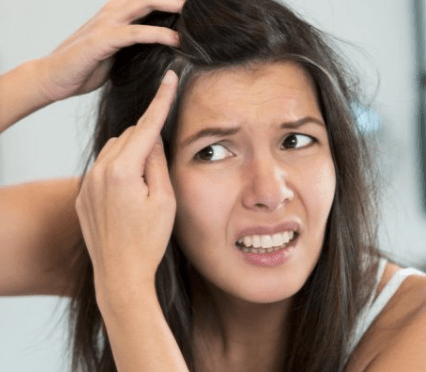
White hair is caused when a protein at the base of the hair follicle prompts a stop in melanin production. Our hair goes through different cycles: Grows – Sheds – Re-Grows. The grey will then begin to grow through with a new hair cycle starts.
Why Don’t Some People Go Grey?
It is primarily down to genes. Your Genetics play a significant role in when, or if you grow white hair.
Grey Appears Greater In Some Hair Colours. Why?
The proportion of white hairs to coloured hairs on the head gives the overall tone of grey. That is the reason why blondes and redheads do not appear to go grey, just gradually whiter. They fortunately also turn white the slowest!
Do You Need To Be More Cautious With Grey Hair?
As white hair is pigment deficient, it is prone to UV damage. Hence, it’s even more important to use UV protective products if you have white hair. White hair also gets discoloured easily. To correct ‘brassy’ or dull tones, regularly shampoo and condition with violet-hued toning products such as the Philip Kingsley Pure Silver Shampoo and Conditioner.
Grey hair tends to feel less fluid and free. When you touch grey hair, it feels frizzier and more coarse and generally weaker at the ends. The consequence of this is that it puts more energy at the roots and a smaller amount at the ends, making it difficult for the hair to flow or move freely.
Hair smoothing and texturising products, along with specific care measures can help loosen and boost the roots plus thicken and smooth the ends. Using a thickening blow dry spray at the roots and volumising mousse at the mid-lengths and ends helps to give a dense, smooth appearance, providing control and shine.
Smart Advice And Facts On Dyeing Your Hair:
Colouring Your Hair Can Damage It.
Significant changes can be harsh and cause damage to your hair.
Hair dye can certainly dry out your hair, and even cause hair to become brittle, break and cause split ends if you overuse chemicals. To keep your hair from becoming too dry and breaking off, you should condition regularly, and use a deep conditioning mask before and after coloring.
Will My New Hair Colour Fade?
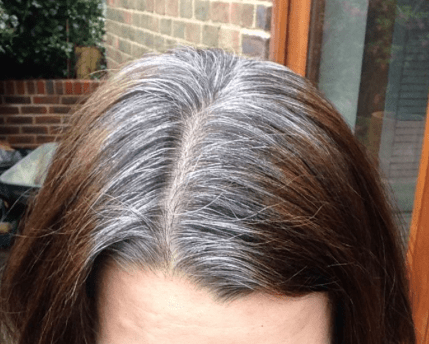
Even when you have a ‘permanent’ hair colour on your hair, fading is unavoidable with time, although there are some tips you can follow to help your hair color last longer.
After coloring, it is thought best to you wait for approx’ 72 hrs before shampooing.
The reason being, when you get your hair coloured, the cuticle layer opens to enable the colour to penetrate the hair shaft. If you wash your hair too soon after your treatment, the cuticle layer may still be open, leading to your colour getting washed away. So, the longer you can wait to shampoo your hair, the more time the colour pigment will have to soak into the cuticle, allowing it to last longer.
Use A Clarifying Shampoo Before Colouring.
Whether you’re dyeing your hair yourself or heading to a hair salon, it’s recommended you wash your hair with a clarifying shampoo beforehand. Clarifying shampoo helps to remove all the build-up on the hair shaft. It should be used before dyeing your hair, as this will help the colour to attach itself and last longer. Avoid clarifying shampoos post-color as they can cause your hair colour to fade.
Aftercare Products Made For Colour-Treated Hair.
To make hair colour last, do not use products that aren’t specially formulated for colour-treated hair as this will affect the longevity of your colour.
A good example is the use of ‘Purple’ shampoos. These are excellent for blondes and brunettes who have highlights.
The use of these shampoos allows you to use as frequently as you feel ‘the need.’ You can alternate the ‘Purple’ shampoos with a daily shampoo for colour-treated hair, so as not to get an ‘over-toned’ or a ‘smoky’ appearance.
View this as an at-home toner that helps to keep your blonde colour bright without having to run to your stylist for a professional touch-up. Purple shampoo and conditioner can save you from bad hair days.
Avoid ‘Over Washing’ Your Hair.
The majority of people like to shower every day, and if you are one of those, you’ll probably have to rework your method to avoid your hair getting wet! Washing your hair too often can cause the colour to fade. Washing dyed hair two to three times a week is the unwritten rule you should follow, the fewer washes, the better for maintaining your shade.
Protect Dyed Hair From The Sun.

The sun can cause your hair colour to fade faster, giving it a ‘brassy’ look, and leave your hair feeling dehydrated. Protect your hair color with the many products available that have UV protection to safeguard your hair from the sun. Also, don’t forget hats or headscarves are other necessities for preserving hair colour.
Pool Water Can Taint Your Colour.
Chlorine in swimming pools is harmful to your hair colour. Due to copper found in water, the metal can mix with the chlorine and oxidize your hair, causing it to turn green.
To protect your coloured strands, consider applying a hair mask before you get into the pool. Wet your hair first and then use a hair treatment mask for colour-treated hair, that will help fill the cuticle with the conditioner to water getting into the cuticle and strip the colour.
If you don’t have the ‘hair mask’ available, wet your hair in the shower before you get into the pool, as dry hair is more absorbent.
Home Colouring – Be Sure To Do A ‘Skin Test’ First.
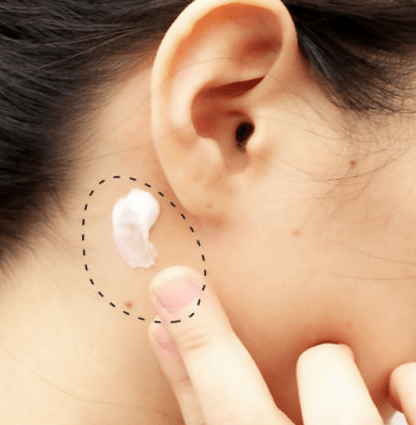
When you’re choosing an at-home hair colouring kit, look for one with the least amount of harmful ingredients, like ammonia, peroxide, and alcohol. These ingredients can cause breakage and brittle strands. You may have to pay a little extra for less harmful products, but it is worthwhile for the sake of your scalp and hair!
Once you have your home kit, make sure to do a ‘patch’ test to avoid an allergic reaction. Allergic reactions to dye aren’t common, but you never know what your skin can react to, so you always want to be safe. Dab a little colour on a small area of skin on the nape of your neck and then carefully read through the directions on the box before dyeing your hair.
A Salon Can Help If It Doesn’t Go Right!
If you were brave and ventured into the world of home hair-dye, and you end up with a shade you’re not happy with, don’t panic. You can fix it! If your colour doesn’t end up exactly what you were hoping for, there’s no need to worry. Usually, your hair salon can fix your hair with a simple glaze or toner that can subtly change the tone and tweak the colour.
But to prevent any hair colour disasters, you should always be cautious, to begin with, choose a ‘soft’ colour/tone. Next time you can explore something more daring and bold, add a little charisma through your hair colour. 🙂
Professional Aftercare – It’s Worth It:
Coloured hair needs highly specialised aftercare for a simple reason. It has been chemically modified. As previously mentioned, when you apply colour to your hair, the cuticles have been opened to disperse the natural pigments.
When this happens, the cuticles remain open; This means you have to regularly nourish your hair to close the cuticles and seal it in the colour.
Doing this is a delicate operation that, when poorly handled, can damage the hair and lead to ‘breakage.’ Another consequence is it can result in the colour not lasting as long as you hoped. You should be looking to use hair care products specifically developed to protect coloured hair.
‘Prestige’ Treatments Recommended For Dyed Hair:
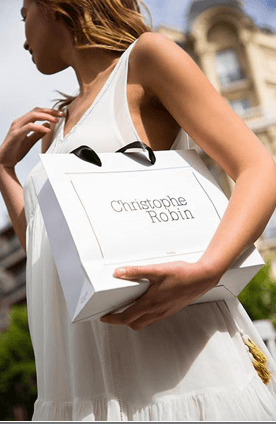
These two essential Christophe Robin treatments replace traditional methods containing silicone and polymers; products with these additives do not protect your hair in the long term. The two great products that I suggest will become central in your dyed hair maintenance program.
The Christophe Robin ‘Colour Shield Cleansing Mask‘ is one of the best alternative solutions for washing your hair. This cleansing mask is detergent-free and has an acid pH for the ultimate hair care. It maintains your colour’s radiance and deeply nourishes the hair fibres.
The benefits are that it is a genuine 3-in-1 product that deeply nourishes and cleanses, doing so without damaging detergents meaning minimal lather; it seals in hair colour and leaves your hair unbelievably shiny. You get incredible care that is Paraben and silicone-free.
Christophe Robin HYDRATING REGIMEN will restore the lipid layer, prevent breakage, and deeply nourish hair. The moisturising hair oil with lavender, composed of 97.5% natural oils. This oil has a balm texture that liquefies when heated, meaning that you can target specific areas when you apply it. With SPF6, this protects hair colour and preserves its shine from lasting sun damage.
After you use these two products, you’ll notice your hair is incredibly soft, and light and your hair colour will give a bright, radiant appearance.
You can use ‘Colour Shield Shampoo’ daily.
Christophe Robin ‘Colour Shield Shampoo with Camu-Camu Berries’
For colour that defies time.
This gently cleansing shampoo is expertly formulated to help lock in colour radiance for longer. It protects hair from looking faded and helps to maintain a lustrous, glossy, freshly-coloured look.
Who is it for? Coloured, bleached or highlighted hair
Directions – Apply a small amount onto wet hair, lather and rinse thoroughly. Follow with the Colour Shield Mask with Camu Camu Berries to nourish.
Christophe Robin ‘Colour Shield Mask with Camu-Camu Berries’
A creamy mask formulated to nourish and enhance the radiance of coloured, bleached and highlighted hair.
Don’t let your colour fade away.
This conditioning mask helps to give the impression of just-coloured radiance by infusing hair with a visible glossy sheen that looks lustrous and healthy looking. It helps to lock in colour for longer, preserving its intensity, while hair feels smooth, supple and nourished.
Who is it for? Coloured, bleached or highlighted hair.
After using the Colour Shield Shampoo, apply the mask evenly onto wet hair and massage gently from roots to ends. Leave on for 3-5 minutes, then rinse thoroughly.
